
|
If you're a garden-lover and care to keep your garden embellished with lush, healthy plants and vegetation, you should probably avoid having invasive plants that grow beyond your control and become a real pain that's hard to get rid of. Avoid the following 9 plants to protect your garden from some greedy pests. |
| 1. Bamboo |
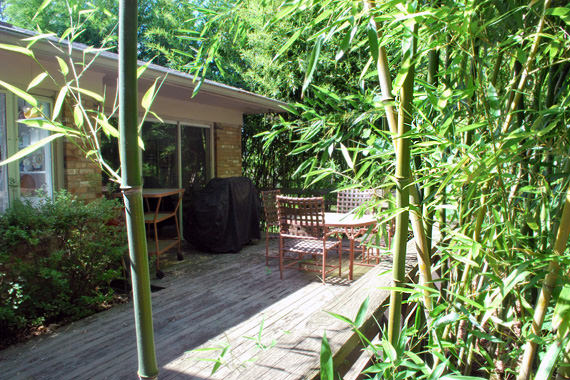 |
| Although these may furnish your backyard with an exotic touch, the nature of bamboo plants makes them grow and spread extensively in their surroundings and unfortunately, one has to take extreme measures if this happens in domestic circumstances. These measures may include plastic or concrete root barriers, which prevent its rhizomes from spreading uncontrollably. Running varieties include: Chimono-bambusa, Indocalamus, Pleioblastus, and Sasa. Clumping varieties, which grow and spread less rapidly, include: Bambusa, Borinda, Chusquera, Fargesia, and Otatea. |
| Source: Liz Foreman for HouseLogic |
| 2. English Ivy (Hedera Helix) |
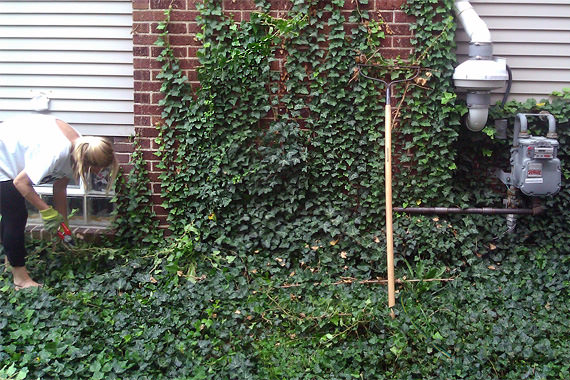 |
| Unlike the Bamboo, the English Ivy is able to spread in all directions, and is especially known for growing on walls, reaching over fences and covering the ground. Many like to grow it for decorative purposes, only to find out that its stubborn and overly rapid growth can be both overwhelming and frustrating. |
| Source: Jason V. Advani |
| 3. Kudzu (Pueraria) |
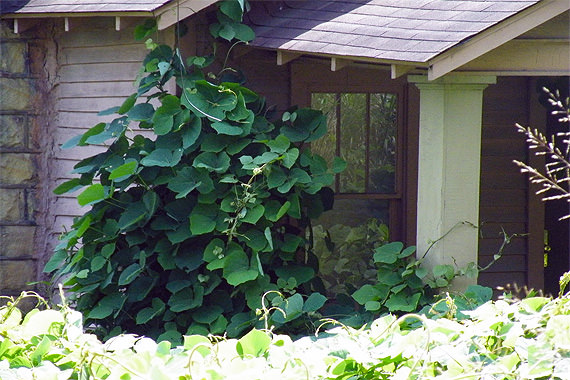 |
| This plant is an invasive, semi-woody vine that hooks itself to buildings, road signs and trees with an unforgiving greed. This beastly plant can spread through runners, rhizomes and seeds, and is able to grow up to 1 foot per day! It's nearly impossible to eliminate this plant from your garden, and even if you do, it won't be long-term. You may try applying herbicides for some years and maybe using herds of kudzu-grazing goats to destroy the plant, or else simply mow it constantly and wait for it to finally give up. |
| Source: John Kellogg |
| 4. Japanese Stiltgrass (Microstegium vimineum) |
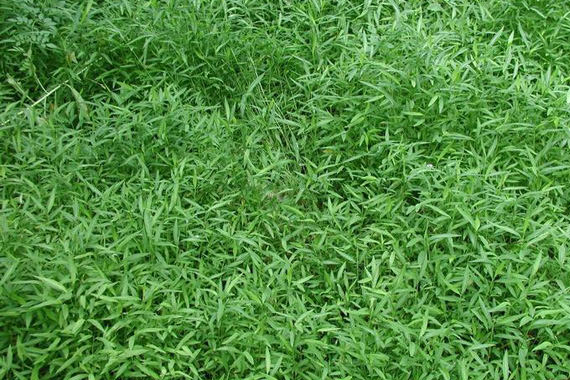 |
| Another unstoppable garden nightmare is the Japanese Stiltgrass, which originates from East Asia. The tactic of this plant is to spread above the ground through rhizomes and seeds, to the extent that it forms a web of grass that traps and starves other plants. The worst part is - the more you try digging the plant out, the more it grows, as its seeds grow best in loose soil. So you may want to apply pre-emergent herbicides, ideally in late spring or early summer. |
| Source: Leslie J. Mehrhoff, University of Connecticut/Bugwood.org |
| 5. Purple Loosestrife (Lythrum Salicaria) |
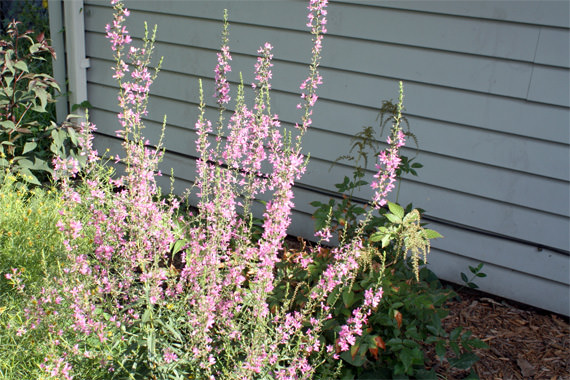 |
| If it finds itself in the wild, the Purple Loosestrife plant can literally go on the loose, starving out native vegetation and wildlife. It was once used to treat dysentery (a serious inflammation of the intestine), but ironically, it's also nicknamed 'Beautiful Killer' and 'Marsh Monster'. The good news is, there are some natural pests that can help control this killer, including certain kinds of leaf beetles and weevils. You may also try digging out the plant and burning the remains, or tying it in a dark plastic bag in order to stop it from further infestation. |
| Source: Donna’s Garden |
| 6. Mint (Mentha) |
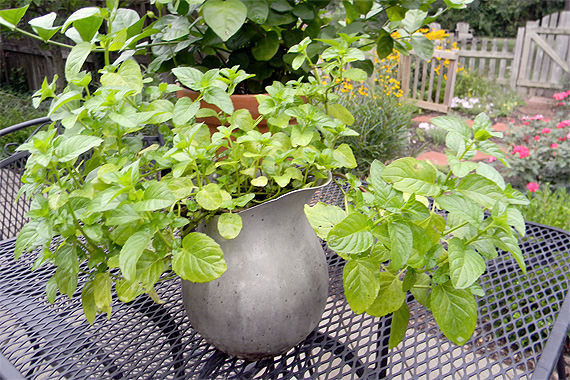 |
| Everyone loves having some fresh mint within reach to add that extra taste to a dish or punch. However, this tempting, widely-used herb can be deceiving - it loves moist and shaded areas and can easily make them its home. If you want to keep your outdoor area out of any perilous mint colonization, you may want to plant this herb in containers, ideally kept in sunny windowsills indoors, or on a deck outdoors, so as to keep it away from other garden plants. |
| Source: Teresa Byington of TheGardenDiary.com |
| 7. Chinese Wisteria (Wisteria Seinensis) |
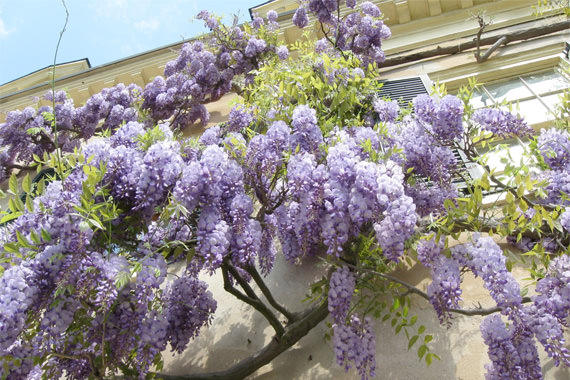 |
| This pretty-looking tree can also be seriously deceptive - in fact, 19 states consider it as being invasive. This plant (and its cousin, the Japanese Wisteria (Wisteria Foribunda)) can grow up to more than a foot in diameter, making it easier to twist around trees tight enough to kill them, destroy other plants and collapse arbors. If you do get it in your garden, make sure you remove it from your trees, arbors and pergolas, and then spray with a systemic herbicide. |
| Source: Kathy Jentz, Washington Gardener Magazine |
| 8. Trumpet Vine (Campsis Radicans) |
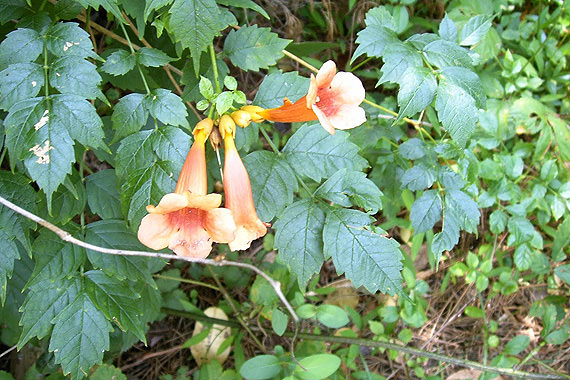 |
| Another unwanted invasive plant is the Trumpet Vine, also known as the trumpet creeper, since it can creep up walls or trees, grabbing on so tightly that attempting to remove it can be a nightmare. It is also able to send shoots far away from the main plant, making it even less controllable. Cutting it or digging it out might make it even fiercer, so the best way to control it would be to persistently dig up the mother plant and shoots and clear it from any blooms. You wouldn't want to waste all your patience on this blooming plant! |
| Source: David R. Lindquist of Cary BirdCam blog |
| 9. Leafy Spurge (Euphorbia Esula) |
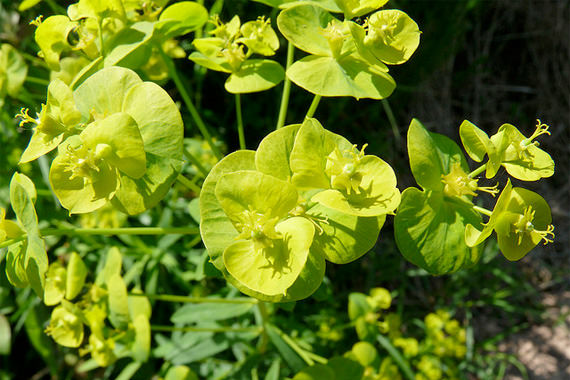 |
| The last vicious suspect is the three-foot-tall Leafy Spurge, whose seeds explode from capsules and can stay dormant in the soil for up to seven years. This plant grows so extensively that it can crowd out other plants and what's more, it can spread toxins that prevent native species from growing near it. Take the necessary measures if you want to save your garden - spray them with a systemic herbicide, year after year. |
| Source: Kelvin Chau |